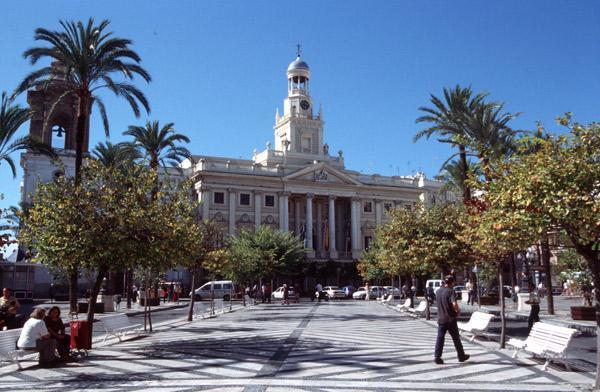Cádiz, Andaluzia, Spain
Suggest Place to Visit
6437
Track to location with GPS |
 |
The history of Cádiz is that of a city marked by its strategic military and commercial situation, straddling the Atlantic Ocean and the Mediterranean Sea. It is the oldest Phoenician settlement in the West. Since its founding by the Tyrians, according to classical tradition 80 years after the Trojan War (1104 BC), it was a city turned to the sea and trade. Hannibal left from her to conquer Italy and Julius Caesar himself granted the title of civitas fedeta to the Roman Senate. The city reached great prosperity in Roman times, amphitheaters and aqueducts were built and it became the second most populated city in the Empire for a short period of time. During this time more than five hundred equites (a caste of notable citizens) lived in the city, rivaling Padua and Rome itself.
During the crises of the 3rd century of the Roman Empire, the fall of the latter and the Visigoth conquests, the city entered into a significant decline; entering a dark time and losing the provincial capital and its commercial and strategic importance. The collapse of the Empire's commercial networks, as necessary for Gades as for any coastal city, did most of it. The big open city style of antiquity slowly gave way to a smaller walled city, the style common in the Middle Ages. Desperate by economic necessity, many of these former Gades inhabitants were forced to renounce basic rights to receive protection from the large landowners and go to inland towns; for example to Asido Caesarina Augusta (which became the capital of the Byzantine province, centuries later). The former became a class of half-free citizens called colonus.
The city is conquered by the Byzantines in 522, reconquered by the Visigoths in 620 and conquered by the troops of Tariq Ibn Ziyad in 711, with the Battle of Guadalete. During that time the statue of Hercules is demolished in the temple of Hercules.
The reconquest of Cádiz is included in the reconquest of the Guadalquivir (1243-1262), joining the crown of Castile in 1264. It was not until the Reconquest when the royal shipyards of the Crown of Castile were established in the Bay of Cádiz and the beginning of the era of discoveries that the city re-emerged with great momentum. Numerous discoverers departed from its ports, such as Cristóbal Colón or Álvar Núñez Cabeza de Vaca, and conquerors in the colonial era, which enriched it and made possible, centuries later, the creation of a bourgeois, liberal and revolutionary society. As a city that had a commercial monopoly with America, headquarters of the House of Trade and Fleet of the Indies, it was the scene of numerous naval battles and the creation of the first Spanish constitution.
In the year 1766 Carlos III definitively promoted the emancipation of La Isla de León with the founding and appointment of the first consistory in the new independent town by means of a Royal Decree with the name of Villa de la Real Isla de León.
In decline, after its involvement in the War of Independence and sunk after the loss of Cuba, the city has not stopped growing, although it has not recovered its importance at the national level.
In recent history, it is worth highlighting the explosion of a powder magazine in 1947, the detonation of which was heard at least up to a distance of 120 km, in Isla Cristina. In 2003 the Ministry of the Presidency granted him, by Royal Decree 1688/2003, a Plaque of Honor from the Order of Constitutional Merit.
The city of Cádiz is a Spanish municipality located in the province of Cádiz, in the autonomous community of Andalusia, in the extreme south of continental Europe. It is the capital of the homonymous province and one of the two main cities of the metropolitan area of the Bay of Cádiz-Jerez, the third population center in Andalusia and one of the most economically and industrially active, in Andalusia, Spain. In addition, together with the municipalities of Jerez de la Frontera, El Puerto de Santa María, San Fernando, Chiclana de la Frontera, Puerto Real and Rota, it forms the Mancomunidad de Municipios Bahía de Cádiz.
It is the most populated city in the Bay of Cádiz, with 127,200 inhabitants, and its economy is based mainly on the commerce sector (G), due to the presence of the shipyards and the activities of the port area and the Area Frank. The other base sector of the Cadiz economy is tourism, due to its beaches, local festivals and the important historical heritage it has.
A city of undoubted tourist interest due to its long and influential history, being the oldest city in the West, more than 3,100 years old, not only at the national level but also for its importance in processes such as the Punic wars, the Romanization of Iberia, the discovery of America or the establishment of the liberal regime in Spain with its first constitution. [20] The entire city is home to numerous squares, gardens, churches and other sites that remind you of it.
The group formed by Cádiz and San Fernando is separated from the Iberian Peninsula by the Caño de Sancti Petri. Historically it has been from a small archipelago (called Gadeiras), to a single island, a situation in which it is debated whether it is currently present. This particularity makes it difficult to define his geographical condition, although today he receives an insular treatment plan. It was baptized by Lord Byron as Mermaid of the Ocean and is popularly known as the Silver Cup.
Keep of Puerta Tierra
The Military Government of Cádiz, currently the Reina Sofía Cultural Center, is the Torreón de la Puerta. The tower was built in 1805 by order of Governor Francisco Solano, to function as the Main Telegraph (telegraph tower No. 57 of the Line of Andalusia Madrid-Cádiz (built by Brigadier Mathé)) of the optical telegraphy lines of Cádiz. Engineer Colonel Francisco Hurtado organized four lines between Cádiz and the main towns in the area: Sanlúcar de Barrameda, Jerez de la Frontera, Medina Sidonia and Chiclana de la Frontera. During the siege of Cádiz, only the Cádiz-La Isla de León (current San Fernando) telegraphic line was preserved; in 1820, after preventing Quiroga and Riego from entering Cádiz, these military telegraphs were dismantled.
The Puerta Tierra tower received the old name of Torre Mathé, in memory of the creator of the optical telegraphy lines who later was the initiator of the Corps of Telegraphs.
Great Falla Theater
Construction of the Gran Teatro Falla in Cádiz began in 1884, following the project of Adolfo Morales de los Ríos. In 1886, the City Council assumed the direction of the works, the shortage of funds caused the stoppage of the works on several occasions and this means that the work did not end until 1905. It was built on the site of the old Gran Teatro de Cádiz, made of wood and which caught fire in 1881. The municipal architect Juan Cabrera de la Torre directed the works, modifying the original project to a large extent.
The theater is in the Neo-Mudejar style and the facades are made of red brick and it has three large horseshoe arch doors on its main façade, with alternating red and white voussoirs. The ground plan is shaped like a horseshoe, to which the floors are adapted, each one surrounded by a gallery that connects with the access stairs, which start from a large hall renovated in the 1920s. The stage measures 18 meters in height. long by 25.5 meters deep, and the ceiling shows an allegory of Paradise, the work of Felipe Abarzuza and Rodríguez de Arias.
Among the many shows that it hosts throughout the year, it is worth highlighting the official Cádiz Carnival Group Contest, held according to the Pastoral Calendar, which becomes one of the city's main carnival attractions. During the Carnival, the different carnival groups show all their art and genius in various ways at the Gran Teatro Falla.
Cathedral of Santa Cruz de Cádiz.
Cadiz Cathedral
Also called Santa Cruz sobre el Mar although the people of Cádiz call it the New Cathedral as opposed to the Old Cathedral (Catedral de la Santa Cruz) ordered to be built by Alfonso X El Sabio. It is the episcopal seat of the diocese of Cádiz. Construction began in 1722 and was not finished until November 28, 1838.
It has a Latin cross plan and three naves, the space being delimited by sets of columns. The main altar consists of a neoclassical temple dedicated to the Immaculate Conception. Around the perimeter of the temple there are chapels (which at the time of construction were dedicated to housing the workshops necessary for the work of the temple) dedicated to the figure of Ecce Homo (work of ´´La Roldana´´) or to the patrons from the city; San Servando and San Germán, among others.
Archeology
Roman theatre
It is located in the Barrio del Pópulo and was used for representations of Greek and Roman plays. Found fortuitously in 1981 by a fire in a warehouse, it was built by order of Lucio Cornelio Balbo ´´El Menor´´ in the 1st century BC and is the second largest in the entire Roman world, surpassed only by the theater of Pompey, in Rome.
The diameter of its cavea is 120 meters, and its capacity would be about 20,000 spectators. Cicero speaks of its use for personal propaganda of Balbus in his "Epistles to relatives." According to archaeologists, this finding confirms the greatness of the city of Gades, which had a population census of over 80,000 people when the city dominated the Atlantic trade and was one of the most prosperous cities of the Roman Empire.
An inscription in cryptographic form that said Latro, Balbe (Balbo, thief) was found on the site that Balbo was to use. There is a project to build a Reception and Interpretation Center for the Roman Theater of Cádiz on the same site that currently occupies part of the coliseum.
Salting factory
The salting factory is located in the center of Cádiz, in what was the old channel that divided the city between two islands. According to the data, we place its construction in the 1st century BC. C. and its subsequent abandonment at the beginning of the V century d. C.
Comments
We don´t have yet any comments about:
Cadiz
Cadiz
Be the first to leave a comment as it is very important to inform other people
Outros locais a visitar
Within a radius of 20 km from:Cadiz
Câmara Municipal de Cádiz |
| 0,1 Km |
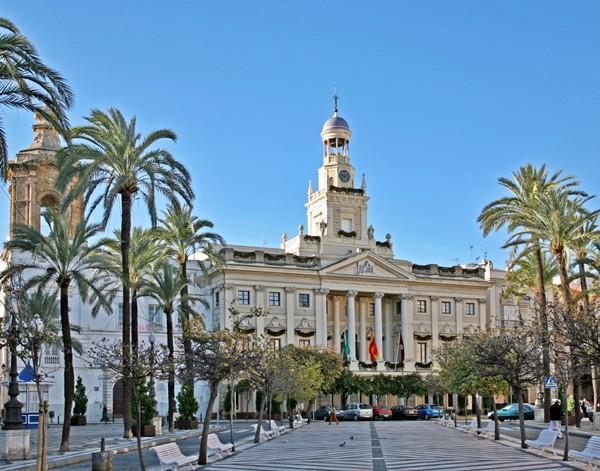 |
Capela Real de Nossa Senhora do Pópulo (Cádiz) |
| 0,1 Km |
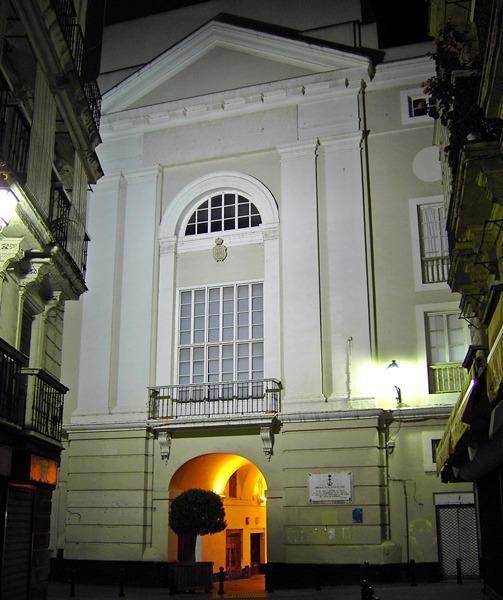 |
Arco los Blanco (Cádiz) |
| 0,1 Km |
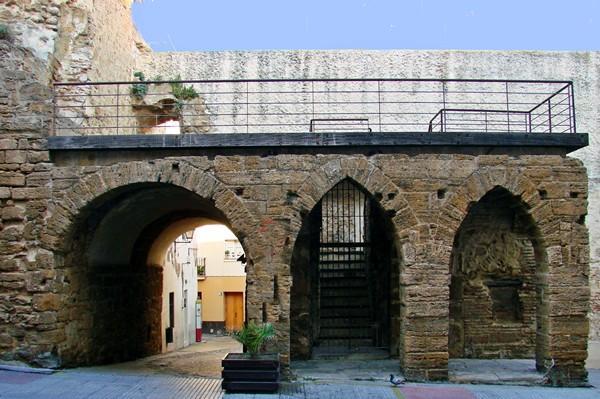 |
Teatro Romano de Cádiz |
| 0,2 Km |
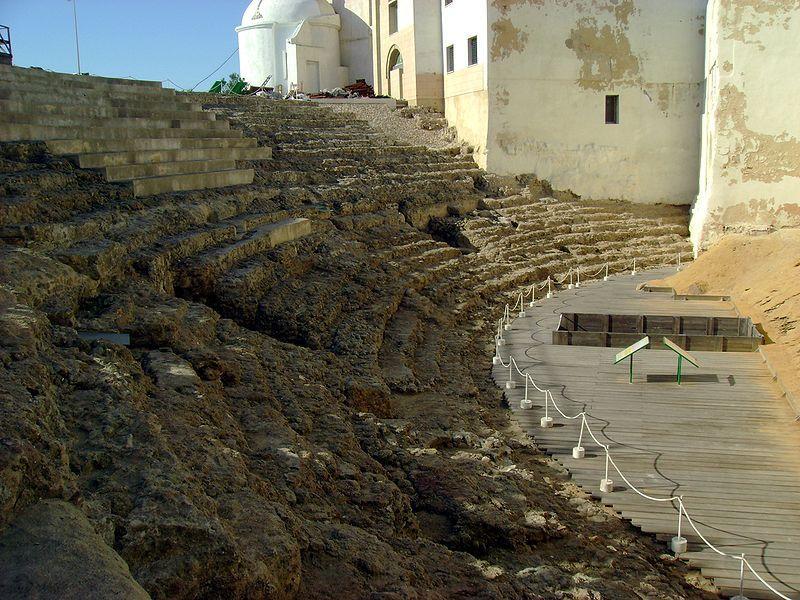 |
Igreja de Santa Cruz (Cádiz) |
| 0,2 Km |
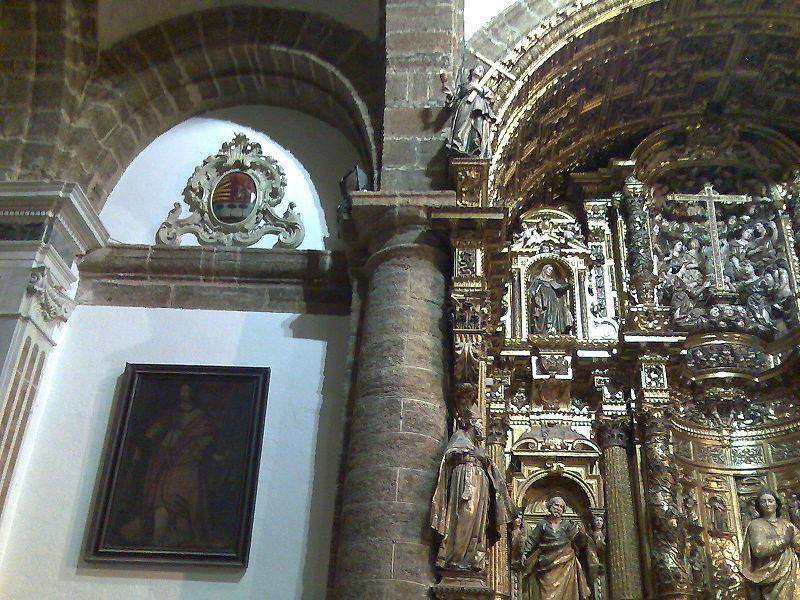 |
Arquivos do Museu e da Catedral (Cádiz) |
| 0,2 Km |
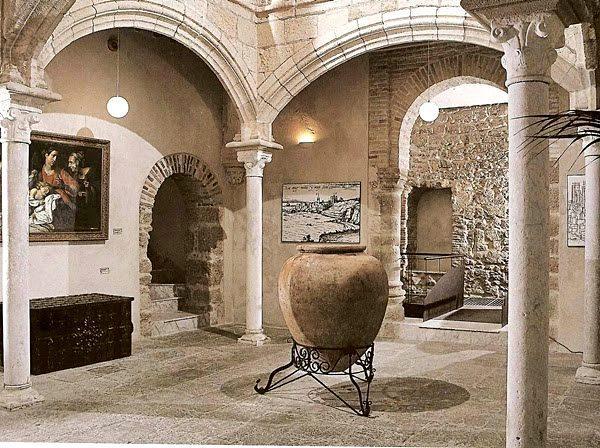 |
Arco de la Rosa |
| 0,2 Km |
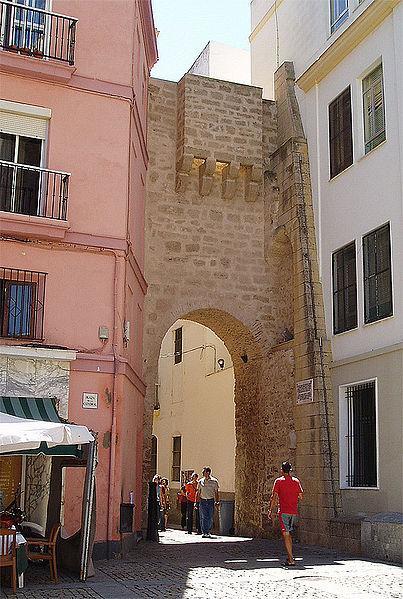 |
Sítio Arqueológico Casa del Obispo (Cádiz) |
| 0,2 Km |
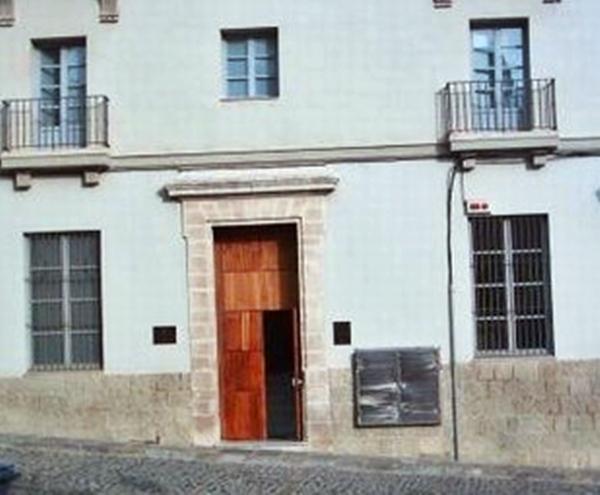 |
Catedral de Santa Cruz de Cádiz |
| 0,3 Km |
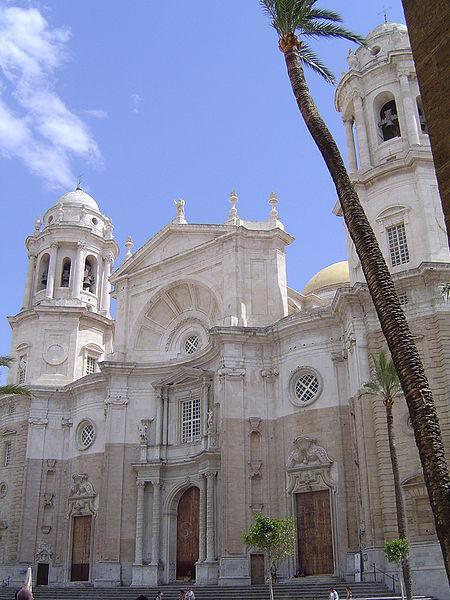 |
Museu de Vinhos e Touros de Cádiz |
| 0,3 Km |
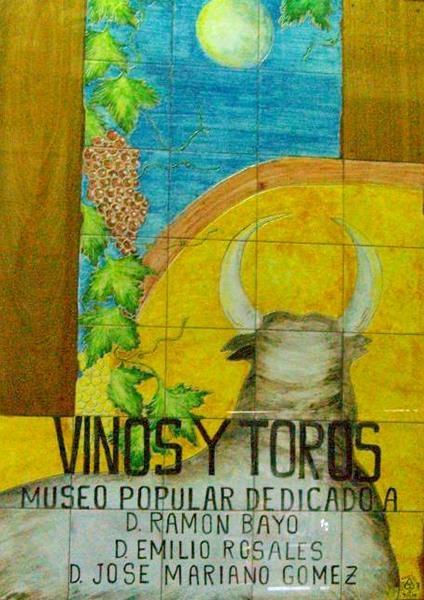 |
Cárcel Real (cádiz) |
| 0,3 Km |
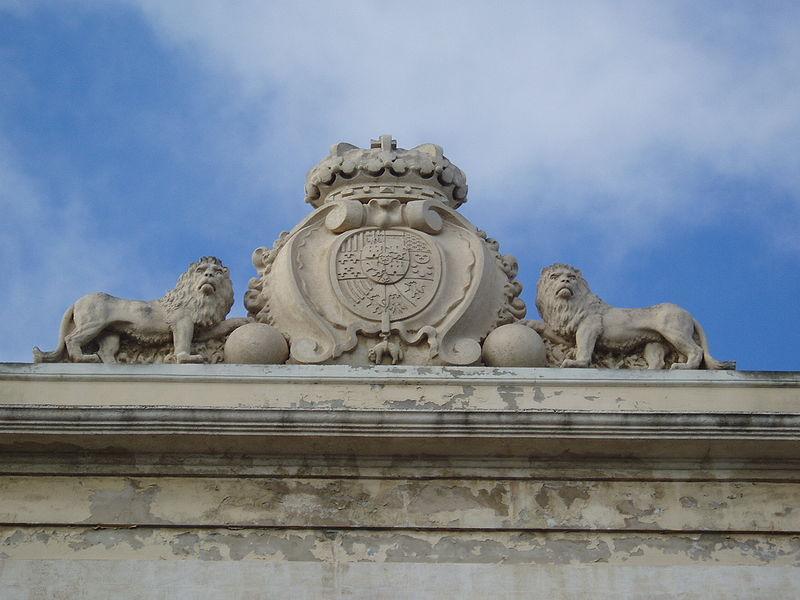 |
Oratório da Caverna Sagrada (Cádiz) |
| 0,5 Km |
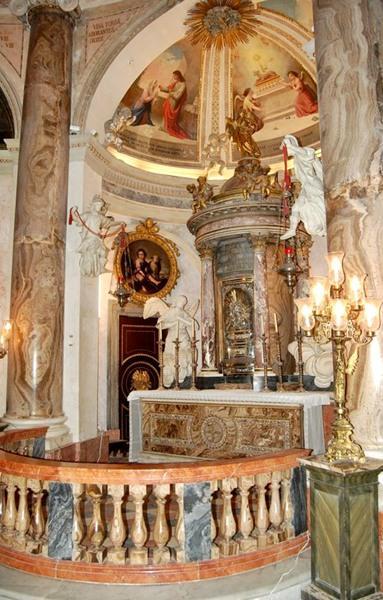 |
Igreja da Conversão de São Paulo (Cádiz) |
| 0,6 Km |
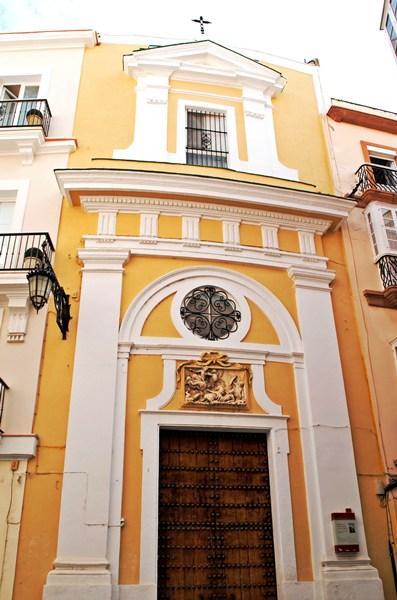 |
Monumento a la Constitución de 1812 |
| 0,6 Km |
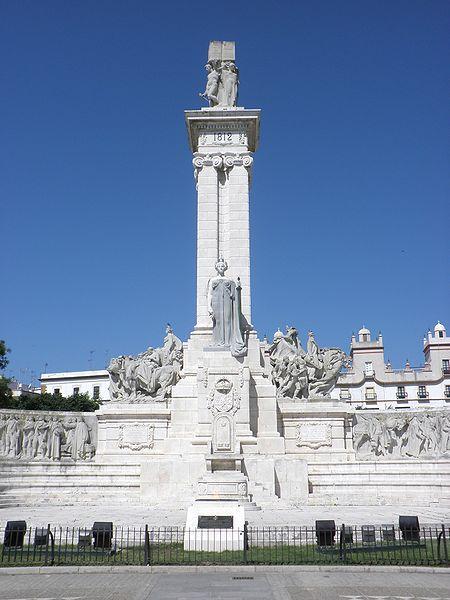 |
Câmara Escura - Torre de Tavira (Cádiz) |
| 0,6 Km |
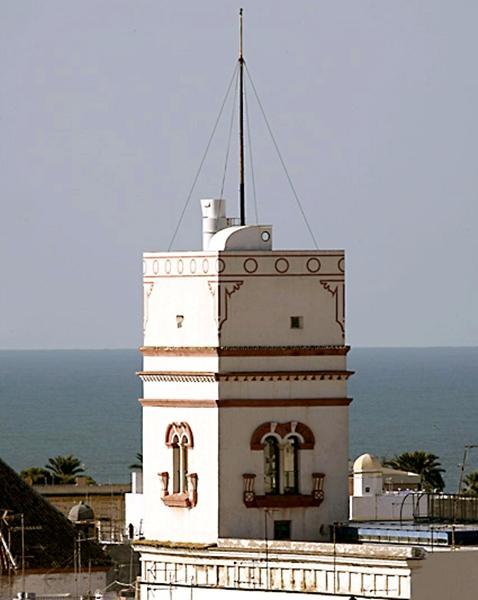 |
Hospital Nossa Senhora do Carmen |
| 0,7 Km |
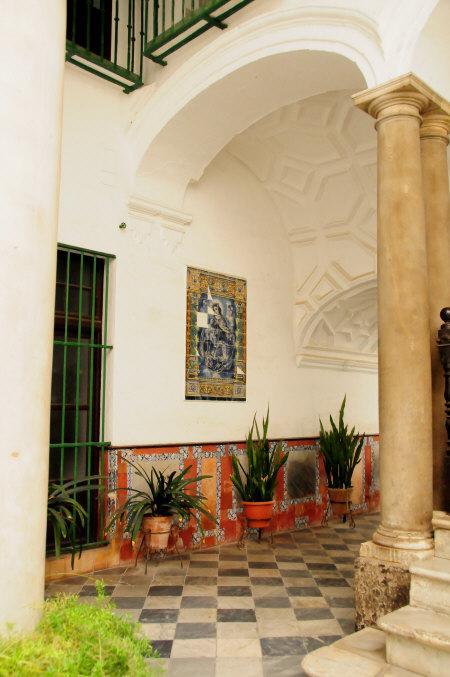 |
Puerta de Tierra |
| 0,7 Km |
 |
Palacio de la Aduana (cádiz) |
| 0,7 Km |
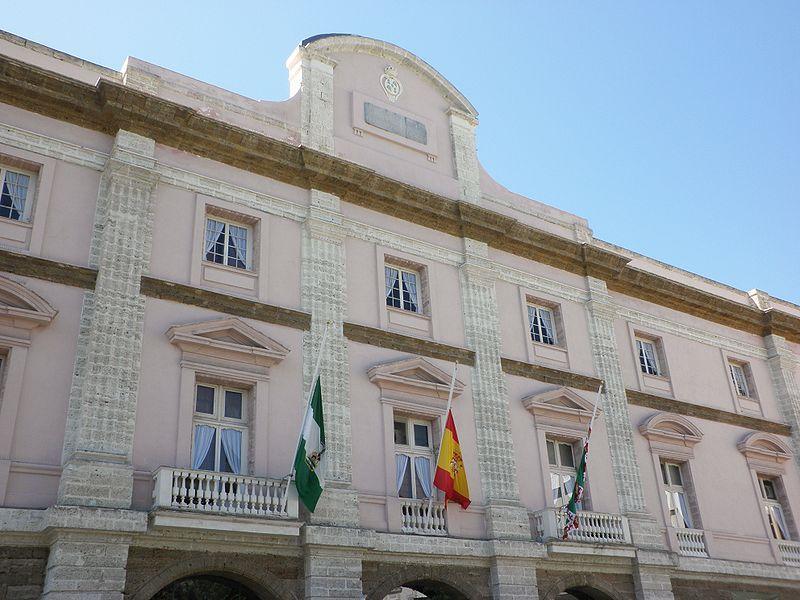 |
Museu das Cortes de Cádiz |
| 0,8 Km |
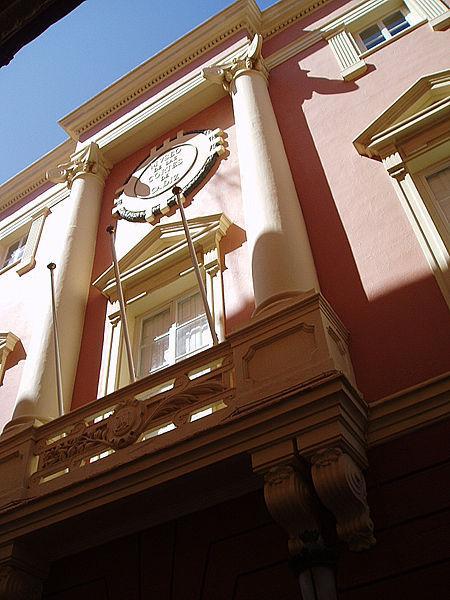 |
Igreja e Oratório de São Felipe Neri (Cádiz) |
| 0,8 Km |
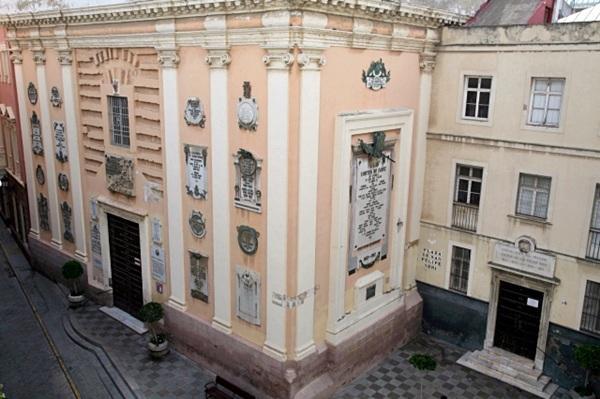 |
Museu de Cádis |
| 0,8 Km |
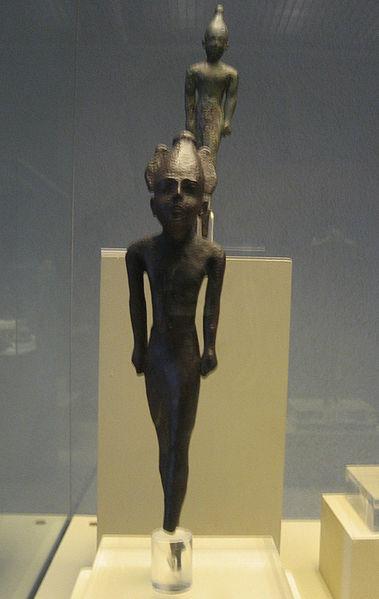 |
Museu do Instituto Hidrográfico de Cádiz |
| 1,0 Km |
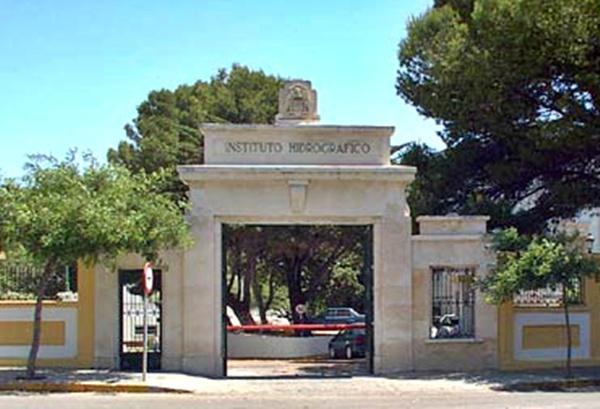 |
Gran Teatro Falla |
| 1,0 Km |
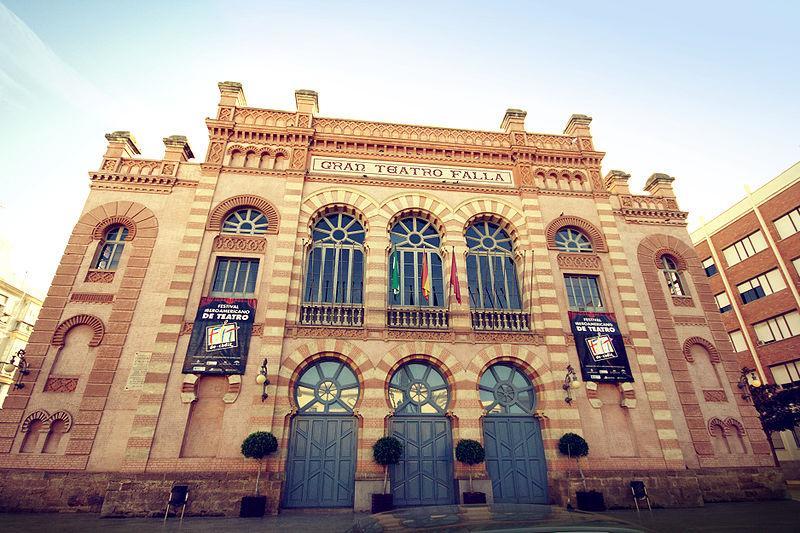 |
Igreja de Nossa Senhora de Carmo (Cádiz) |
| 1,1 Km |
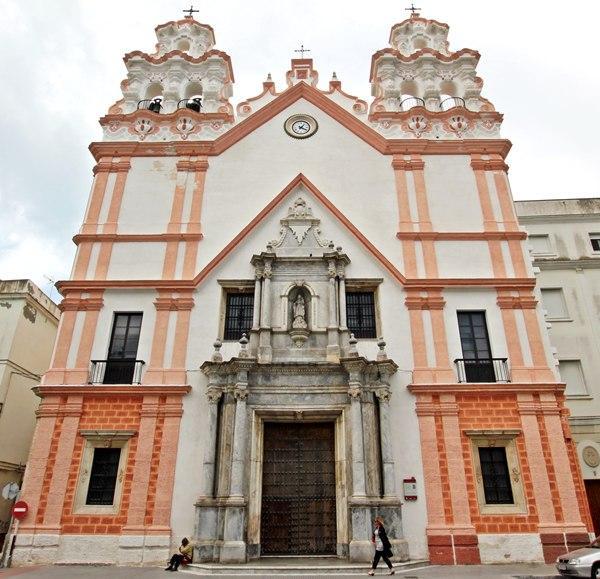 |
Universidade de Cádiz |
| 1,1 Km |
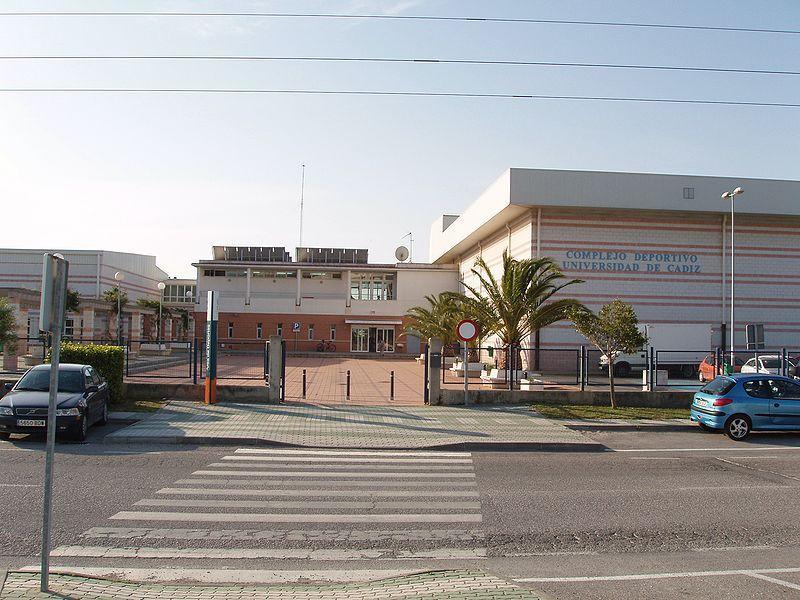 |
Praia de Santa Maria do Mar (Cádiz) |
| 1,1 Km |
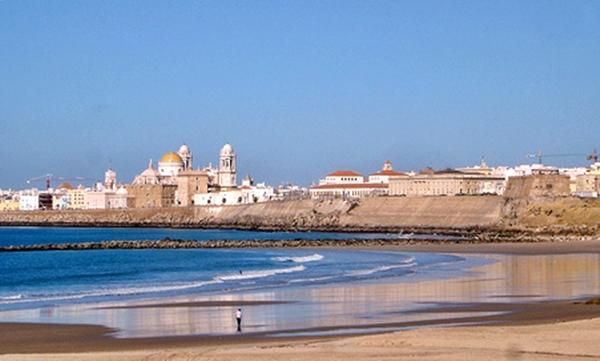 |
Baluarte de la Candelaria (Cádiz) |
| 1,1 Km |
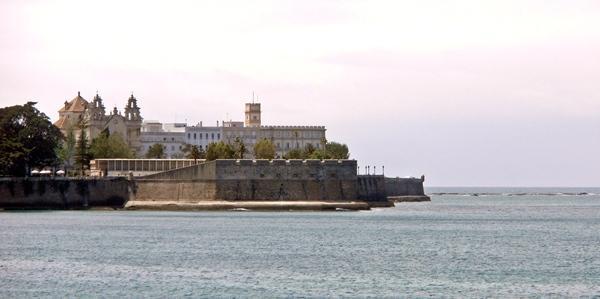 |
Balneário de Nossa Senhora da Palma e do Real (Cádiz) |
| 1,2 Km |
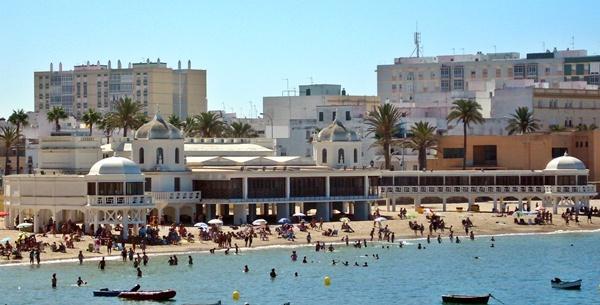 |
Centro Cultural Municipal Rainha Sofia (Cádiz) |
| 1,2 Km |
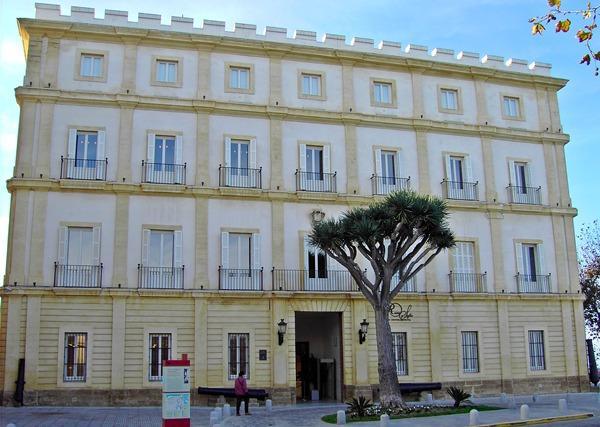 |
Praia da Caleta (Cádiz) |
| 1,2 Km |
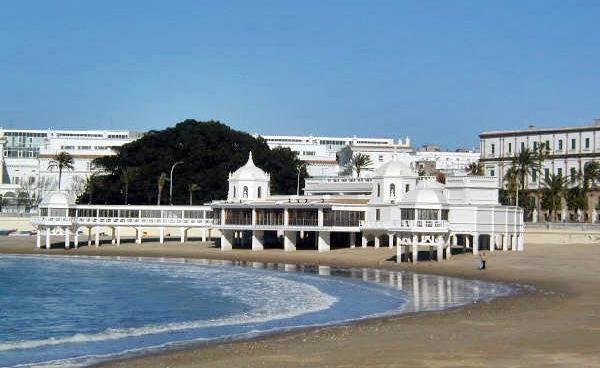 |
Igreja de San José |
| 2,0 Km |
 |
Castelo de San Sebastián (Cádiz) |
| 2,1 Km |
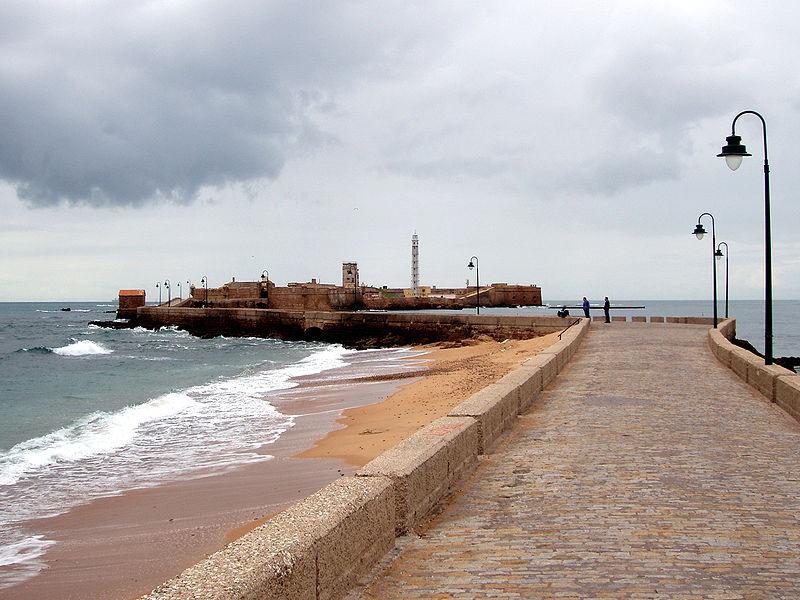 |
Praia da Victoria (Cádiz) |
| 2,9 Km |
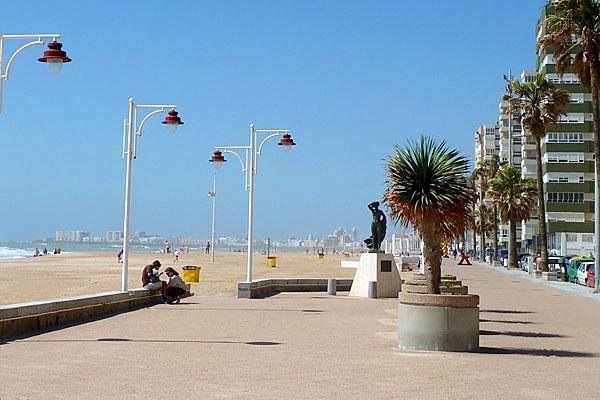 |
Forte ou Castelo de San Lorenzo de Puntales (Cádiz) |
| 3,6 Km |
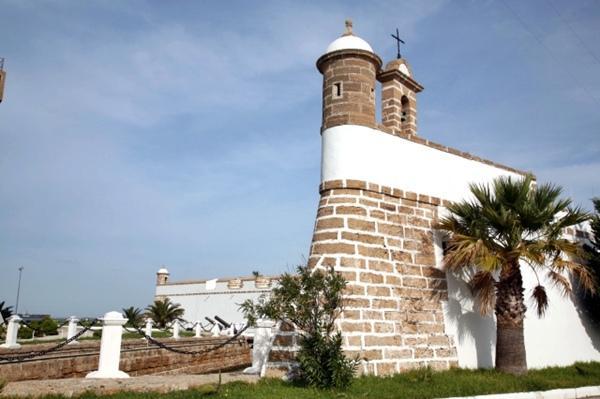 |
Pilares de Cádiz (Puerto Real) |
| 4,0 Km |
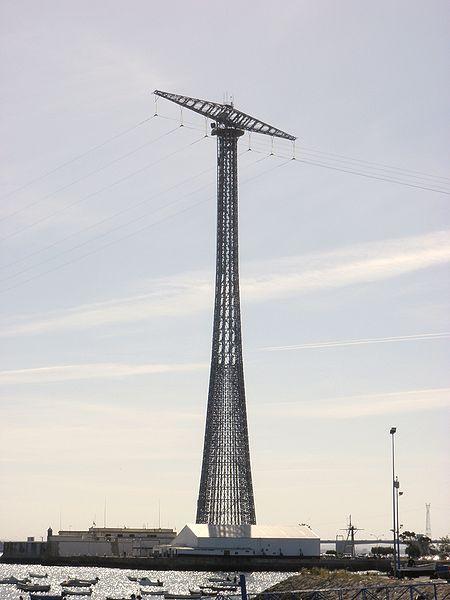 |
Forte de La Cortadura (Cádiz) |
| 4,3 Km |
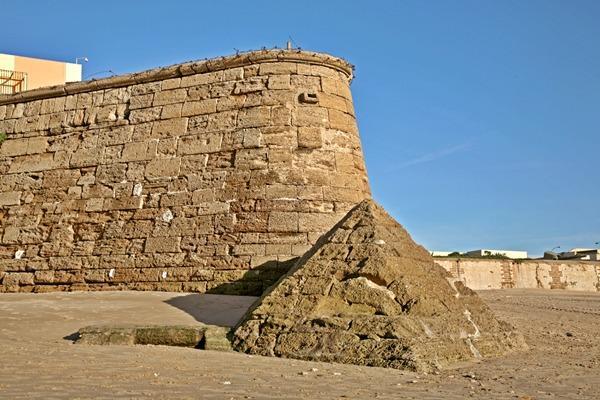 |
Praia da Cortadura (Cádiz) |
| 5,3 Km |
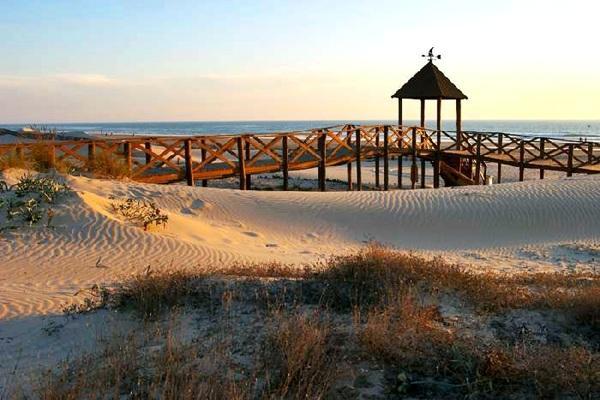 |
Museu El Dique (Puerto Real) |
| 5,5 Km |
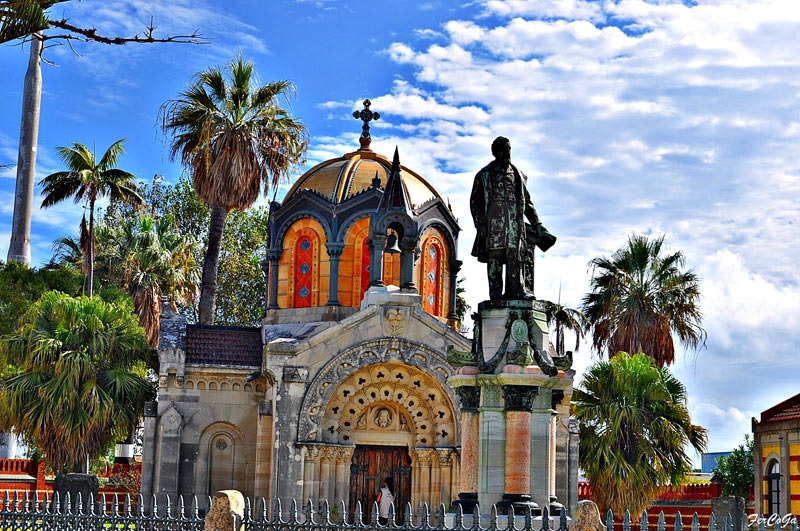 |
Castelo de Santa Catalina (Cádiz) |
| 6,4 Km |
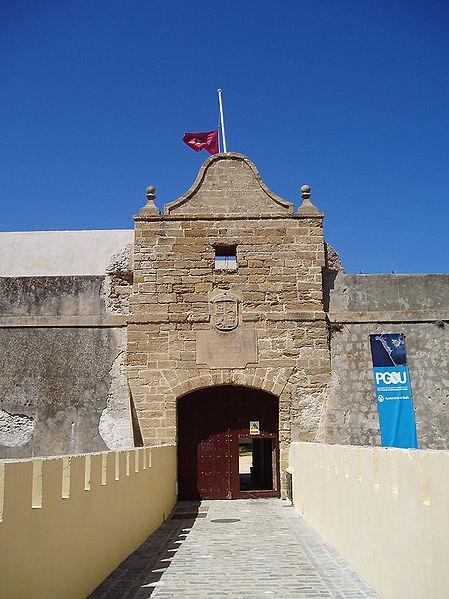 |
Praia El Chato (Cádiz) |
| 6,9 Km |
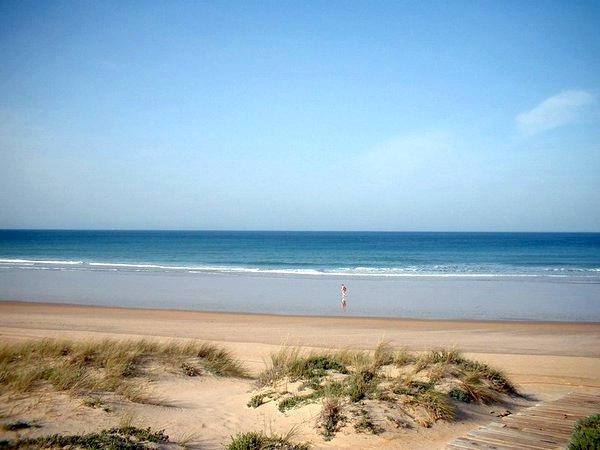 |
Ilha Trocadero (Puerto Real) |
| 7,7 Km |
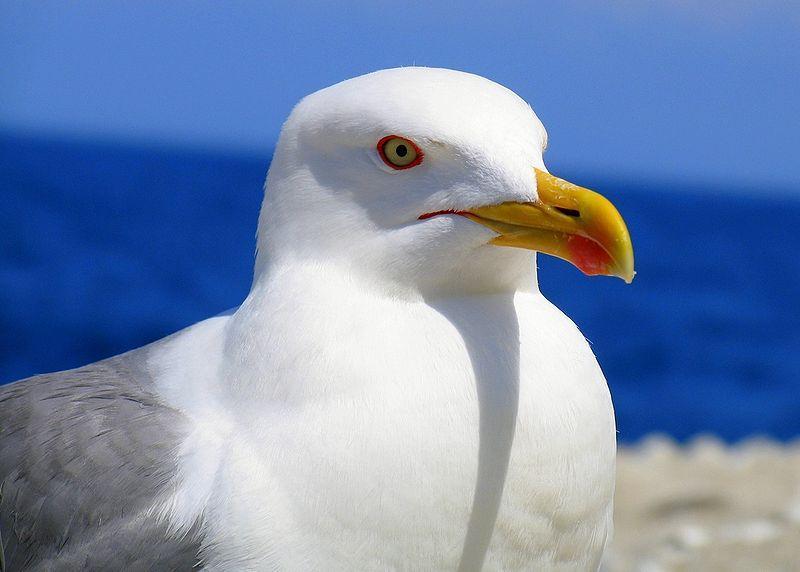 |
Río San Pedro (españa) |
| 8,3 Km |
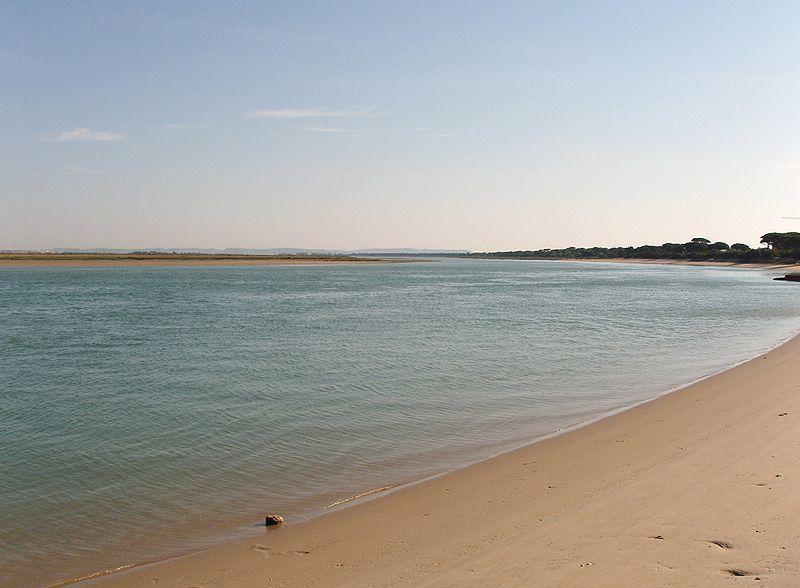 |
Praia de Torregorda (Cádiz) |
| 8,4 Km |
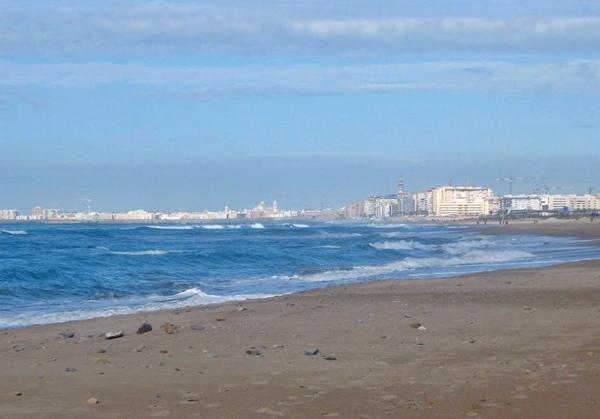 |
Parroquia de Nuestra Señora del Carmen y San Marcos |
| 8,9 Km |
 |
Parroquia de San Francisco |
| 9,1 Km |
 |
Igreja do Priorado de San Sebastián (Puerto Real) |
| 9,2 Km |
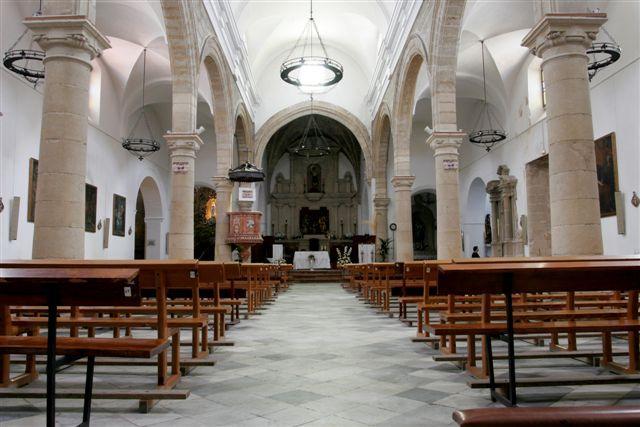 |
Castelo de San Marcos |
| 9,5 Km |
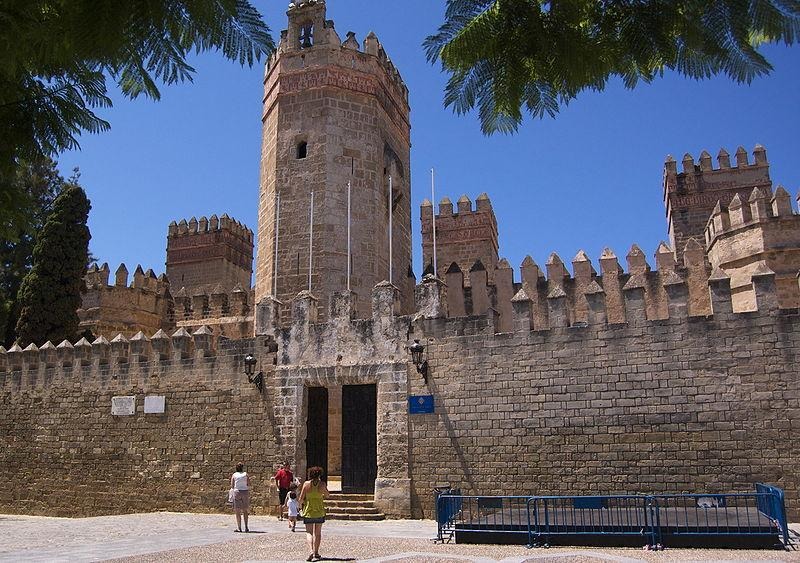 |
Porto de Santa Maria (Cádiz) |
| 9,6 Km |
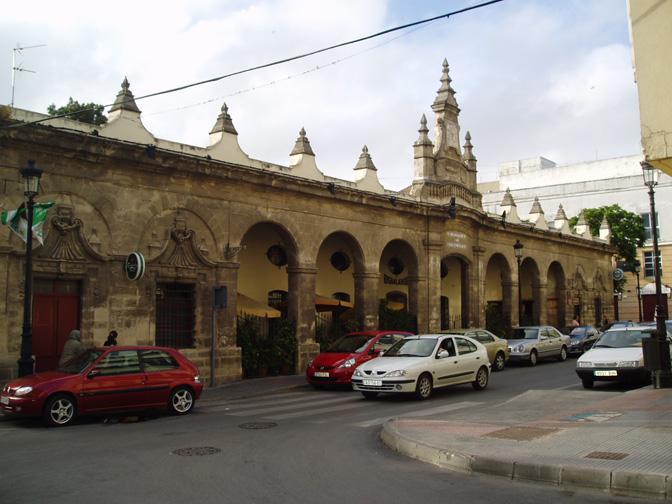 |
Museo Arqueológico Municipal de El Puerto de Santa María |
| 9,6 Km |
 |
Igreja do Priorado (El Puerto de Santa María) |
| 9,7 Km |
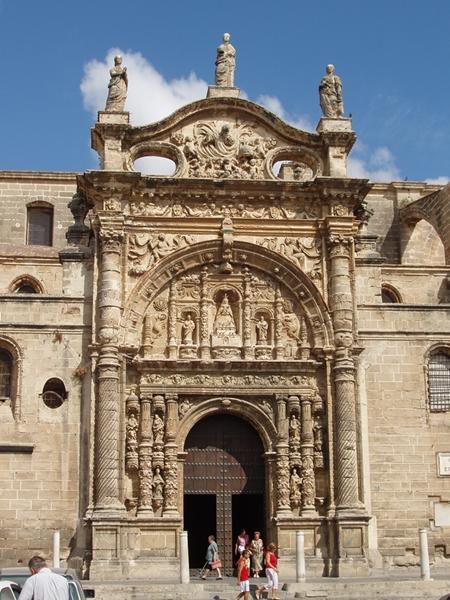 |
Priory Church |
| 9,7 Km |
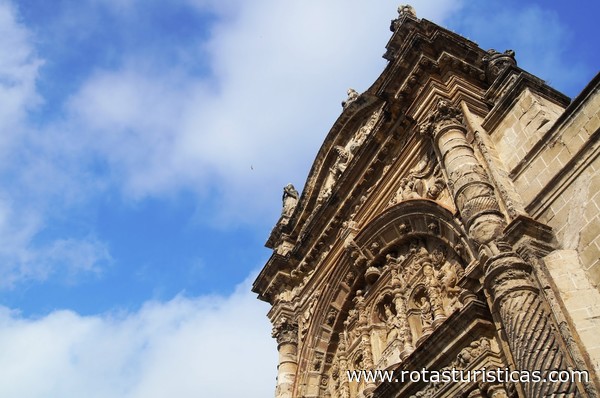 |
Parroquia de San Joaquín |
| 10,2 Km |
 |
Mosteiro da Vitória |
| 10,8 Km |
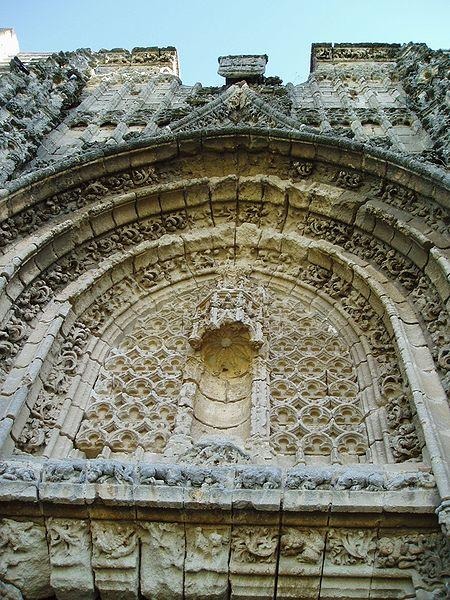 |
Porta real |
| 10,9 Km |
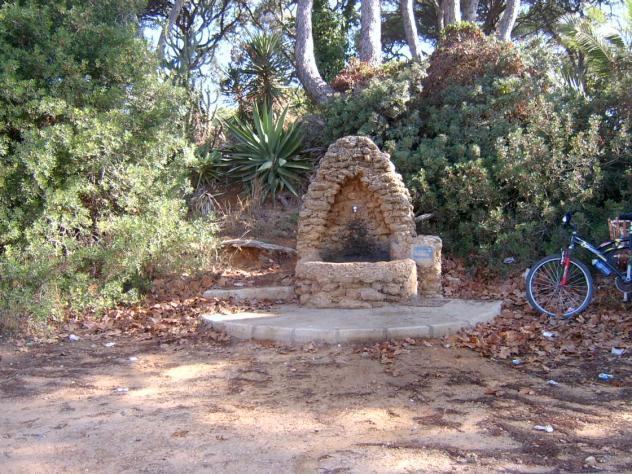 |
Bengala Sancti Petri |
| 12,7 Km |
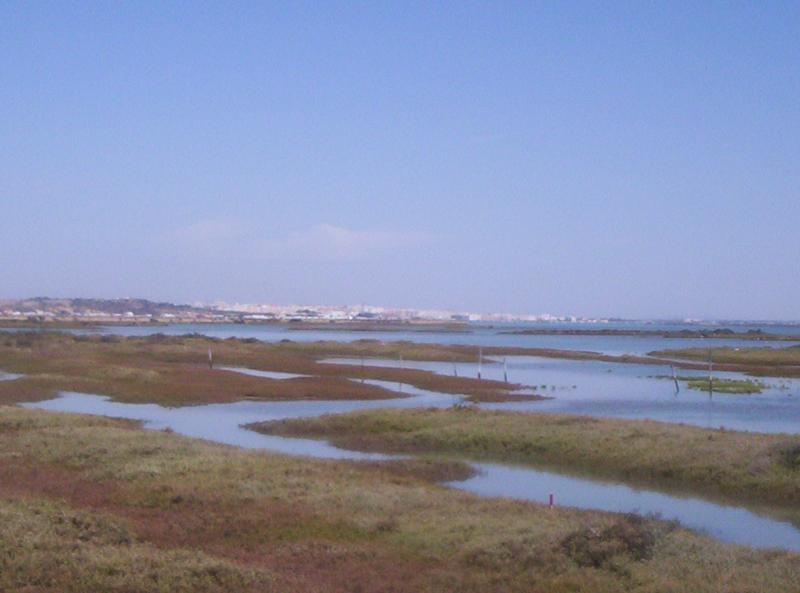 |
Hotel reservation near Cadiz within a radius of 20 km
Why to book with ROTAS TURISTICAS
The best prices
Our partnerships with the world´s largest operators offer research on the best market prices.
More options
At Rotas Turisticos you can book the hotel, buy the air ticket, book the transfer from the airport to the hotel and vice versa, book the local excursions, rent the car, take travel insurance and consult the places to visit and where to go.
Holiday Tips & Destinations
Hundreds of holiday destinations with all the options that allow you to easily choose the destination that best suits your dream vacation.
ROTAS TURISTICAS
Links


